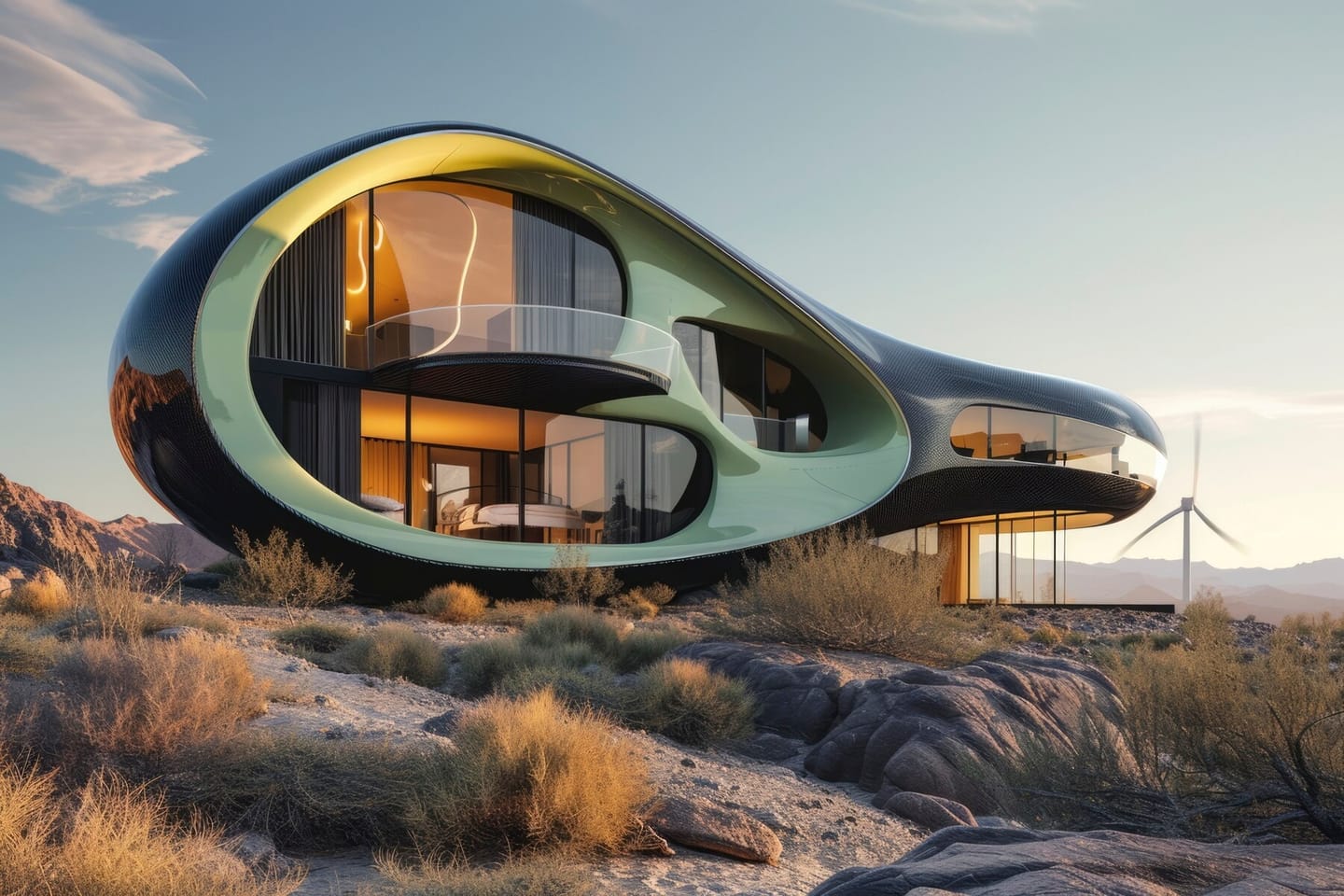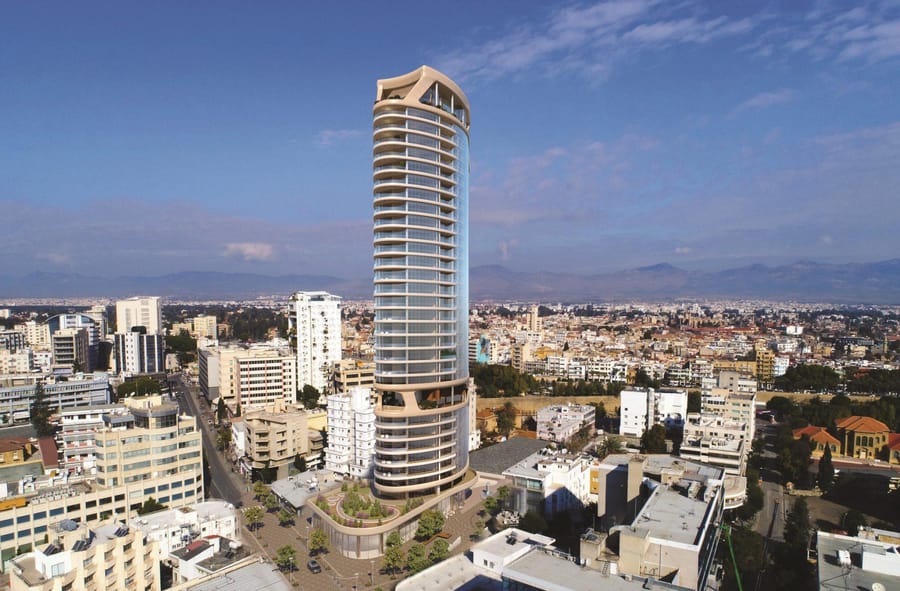We’ve all studied architecture in history class. We marveled at the grandeur and variety of styles. We wondered how an ordinary person could create such beauty.
Initially, these were simple houses to protect from the weather and animals. But over time, these elementary structures turned into majestic works of art. Society began to invest in construction not only all their skills but also their soul and imagination. Over the years, architecture has evolved and acquired different types.
Which Types of Architecture Exist

Over the years, society has developed many types of architecture. Let’s take a look at the most common and well-known ones. The beginning dates back to ca. 11,000 BC – 3,500 BC. This is considered prehistoric architecture. It included ancient caves in the Americas, huge stone circles, megaliths, Mayan temples, which still amaze archaeologists and ordinary people. But time has had a strong influence on various different types of architecture.
Ancient Egyptian Architecture 3050 BC – 900 AD
Back then, huge temples and pyramids were built for pharaohs. They built them from bricks burnt in the sun, because the climate made it difficult to extract wood. The very construction of the pyramids is a great engineering achievement of that time, for which many Egyptians laid down their lives. Some of them can still be seen today.
Classical Architecture of 850 BC – 476 AD

The classics include the buildings of Ancient Greece and Rome. They have influenced the design and style of today’s structures in Europe, the USA, and even in some other countries. Exquisite classical architecture buildings are the Pantheon and the Colosseum.
Romanesque Architecture of 800 – 1200
It was the forerunner of Gothic architecture and became popular in Europe in the XI century. With the development of religion and monasticism in the X-XI centuries, churches, temples, and fortresses in the Romanesque style began to be built. They were built of stone and fireproof. A few windows, side corridors with galleries, and large towers are characteristic of this period.
Gothic Architecture of 1100 – 1450
It originated in France. It is characterized by sharp arches, stained-glass, and the presence of gargoyles. Gothic appeared when wars began to subside. This made it possible to build cathedrals that were thin and tall, stretching to the sky, covered with expensive stained-glass that fills the temple with light.
The Renaissance Period of 1400 – 1600
The trend towards Roman architecture began then, as people first learned about Pompeii during excavations. Humanism began, and society looked at its needs. Architects of that time built palazzos and villas more often, they were proportionate, symmetrical, and low. A striking example of the Renaissance is the Certosa di Pavia monastery in Italy. It is worth noting that even modern classical architecture uses Renaissance design principles.
Baroque Architecture of 1600 – 1830
The style was born thanks to the work of great artists such as Michelangelo. Rome was the birthplace of Baroque architecture. Palaces, cathedrals, and public buildings were built at that time. It is a dynamic and monumental style. It has a luxurious look and is characterized by an abundance of stucco and optical illusions. A good example of this style is Versailles.
Classicism 1730 – 1925
It is characterized by an antique form, only in minimalism. Architects were tired of the pompous Baroque and began to build comfortable and functional buildings. These were usually temples, blockhouses, and Palladio houses. It is difficult to distinguish between Classicism and Renaissance, so it is better to know the years when the building was built. The House of Arts in Munich and the University Campus in Rome perfectly reflect this style.
Art Nouveau (Modern) in Architecture 1890-1914
Architects at that time took a course on nature because they wanted to do something opposite to production and technology. Art Nouveau brought together the whole world of nature:
- flowers and leaves on the facades of buildings;
- green trees;
- animals and birds;
- curved lines because there is no perfect symmetry in nature;
- a lot of green in the ornamentation.
The house of Mila, or La Pedrera in Spain, shows all this beauty.
Traditional Architecture vs Modern Architecture

Having learned so much about past styles, it is worth paying attention to the present. Nowadays, there are many types of modern architecture, but we would like to highlight just a few of them:
- Modernism – from 1918 to 1975. The emphasis is on functionality and has an abstract look.
- Postmodernism – the second half of the 90th. Conventional concepts with simple forms are executed in a rather unexpected way.
- High-tech architecture – the present. A mixture of high technology and specifics. Restrained decor, use of all space, lots of light.
- Blob architecture – the present. It is plastic, full of imagination, goes beyond all templates, and is abstract.
All these styles are used not only for building palaces and temples. They have found a place in ordinary urban high-rise buildings and houses.
Which Types of Architecture Houses Is Your Ideal?
People travel great distances to see and touch beauty. We can contemplate the development of our entire rich history in architecture. It inspires and gives us the strength to create new styles, implement and combine many ideas, and remember how much we have done and will do.
All types of architecture have been used at one time or another in the construction of ordinary houses and are still used today. The real estate market is fully focused on people’s needs.
You can choose any of the house architecture styles, and your real estate agent will help you find the right option. It can be a tall Gothic house with stained-glass windows, an Art Nouveau apartment, or a non-standard high-tech building.






